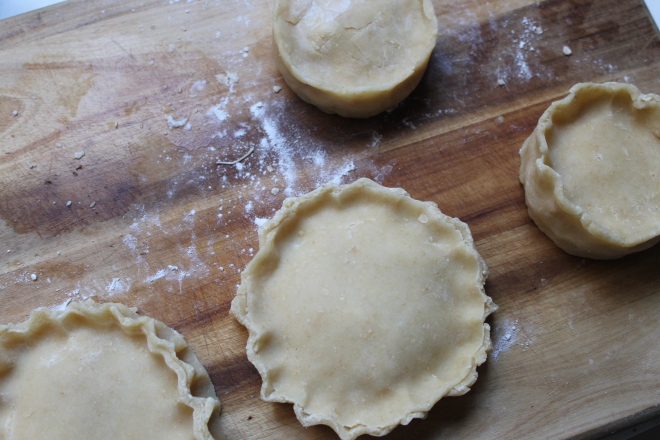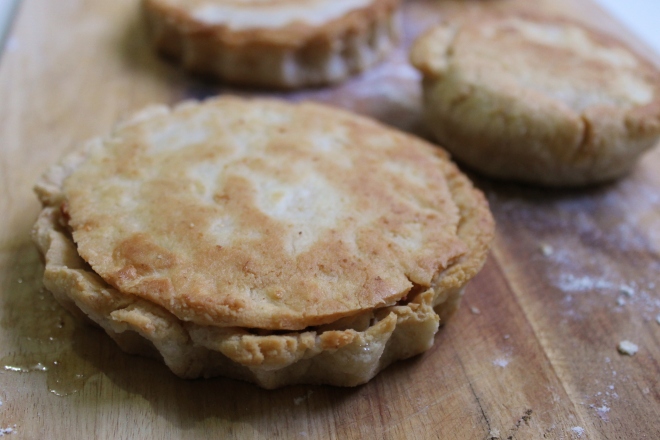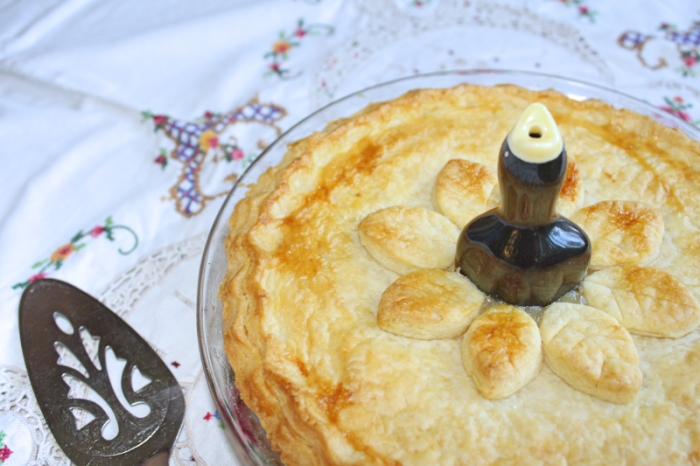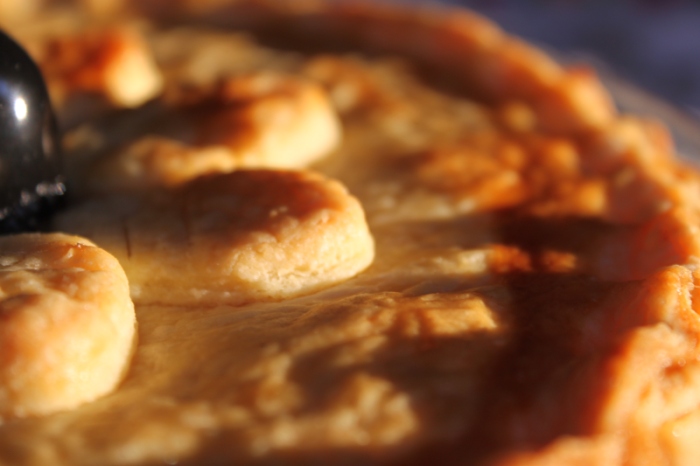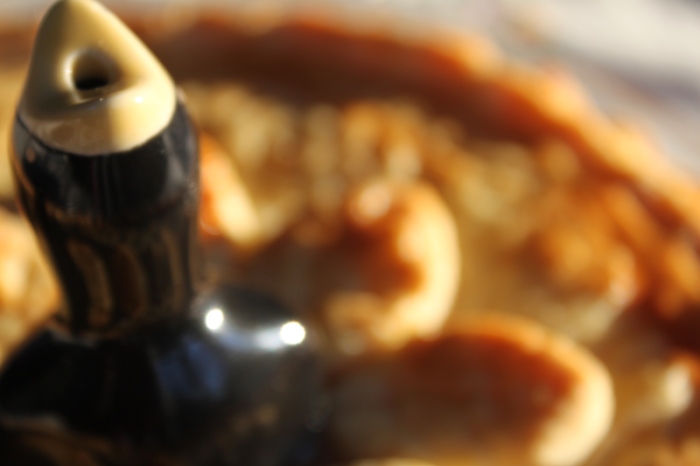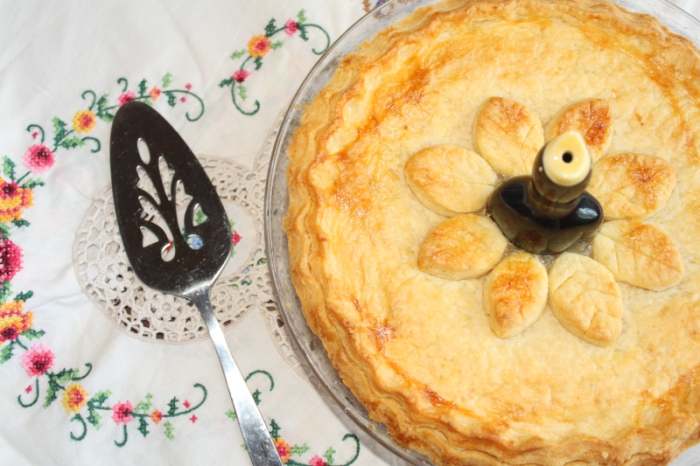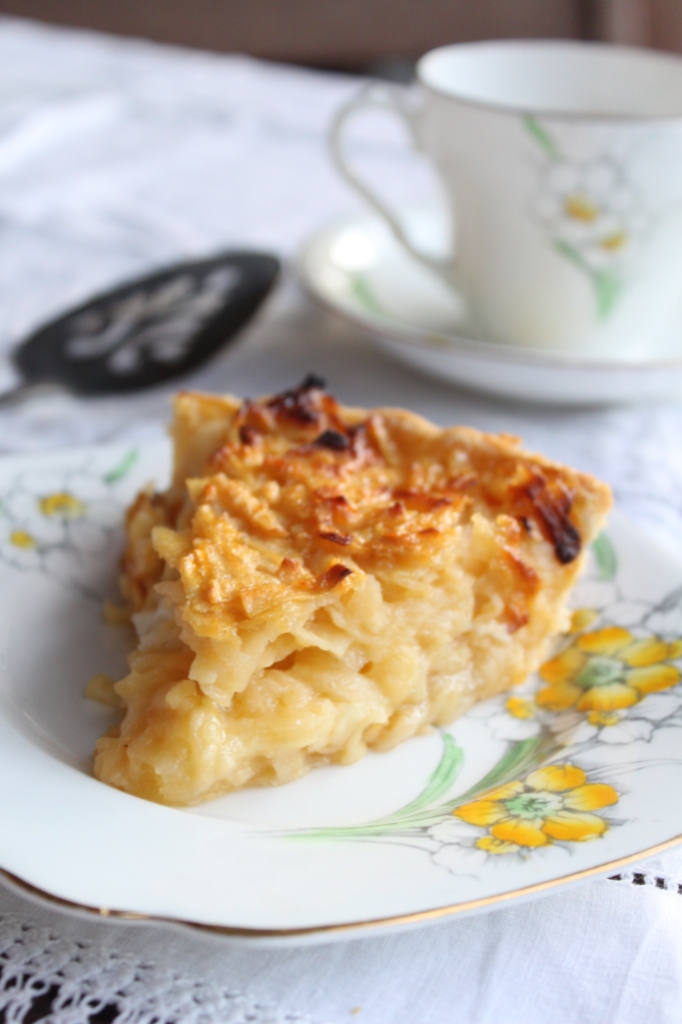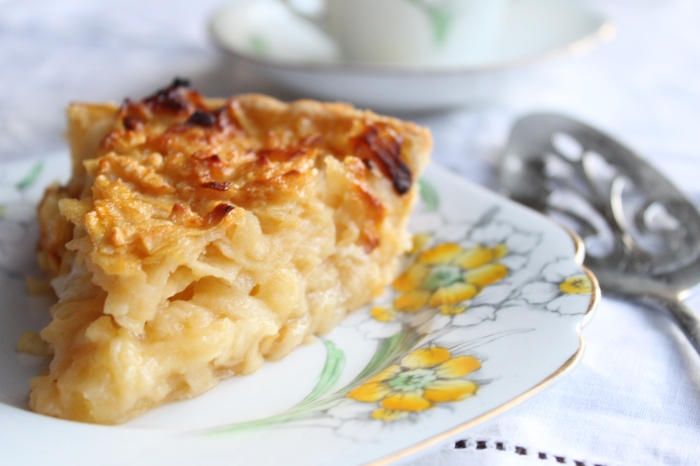
Photo by Lucas Garron
Back in California and with another wave of COVID-19, this year’s birthday was a quiet one with a 1930s themed picnic. For food, I leaned pretty heavily on the recipes from my Gatsby Picnic a few years ago but I swapped in a couple of new dishes (and of course a birthday cake) which I wanted to share.
Once again, all the recipes come from the amazing resource that is the database of fully searchable Australian newspapers on Trove.
First up, a new sandwich filling: cream cheese and gherkin from The Argus in 1936.
Use brown bread, spreading one side only with cream cheese mixed with very finely chopped gherkins.
This is as simple as can be to make, and definitely an unusual combination to get your guests in the 30s mood but also not bad.

Picnic Macaroni Salad from The Townsville Daily Bulletin in 1939
3 cups cooked macaroni, 1 ½ cups diced celery, 1 ½ cups diced cucumber, 3 tablespoons minced onion, 2 tablespoons minced parsley, 3 tablespoons chopped capsicum, 1 teaspoon salt, mayonnaise
Mix the ingredients in the order given, adding just enough mayonnaise to bind. Chill thoroughly before leaving for the picnic. If a wide-mouthed thermos jug is used, be sure that it is well chilled beforehand. Cover the salad with waxed paper and lay crisp lettuce leaves on top before closing the jug tightly. This recipe makes 6 servings.
Note: You don’t need much mayonnaise at all, but I did end up increasing the salt because it was a bit bland. I actually really liked this which was a good thing because it definitely served more than 6.

Tasty Pie from the Manjimup Mail and Jardee-Pemberton-Northcliffe Press in 1934
Such a very tasty but easy to make pie is made by mixing some diced ham or bacon with two or three well-beaten eggs and a very little milk, seasoning well and pouring on to a deep plate lined with pastry. Put another layer of pastry over the top and bake in a moderate oven until lightly browned. This is particularly easy to carry, and can be cut into conveniently sized sections to eat in the fingers if cutlery is not carried.
Note: This was a hit with my guests and was great served cold with some salad.
Tasty Pie
3 eggs
4 rashers bacon, diced
Salt and pepper (or use something like Adobo seasoning for a bit of extra flavour)
¼ cup milk
2 disks puff pastry
Beat together the eggs, diced bacon, milk and seasoning. Line a pie plate with one of the disks of puff pastry, then pour in the filling. Top with the second disk of puff pastry and bake at 200°C until puffed and browned.

Pineapple Wheel Cake from The Richmond River Herald and Northern Districts Advertiser in 1932
This was selected as the prize winning recipe of the week in Brisbane: Melt ½ cup of butter in cake tin, cover with 2 cups brown sugar, spreading it evenly. Place 1 slice of tinned or fresh pineapple (cored) in centre of tine, on top of sugar; cute several other slices of pineapple in half, arranging them in circle round the centre slice, like the spokes of a wheel, rounded edges facing one way. If desired, fill in spaces with walnuts and cherries. Make sponge batter, using 4 eggs, 1 cup sugar, 1 cup flour, 1 teaspoonful baking powder, or self-raising flour. Pour over the pineapple wheel and bake in a moderate oven for 10 or 15 minutes. Turn out on plate upside down, and when cold spread with whipped cream.
Pineapple Wheel Cake
7 slices cored pineapple (fresh or tinned)
Maraschino/glacé cherries and/or walnuts
½ cup butter
2 cups brown sugar
4 eggs
1 cup sugar
1 cup flour
1 tsp baking powder
- Heat the oven to 180°C. Place the butter in a 24cm/9 1/2 inch springform round tin sitting on top of a baking tray (because the butter will leak). Put the cake tin into the oven just to melt the butter, then spread the brown sugar evenly over the base of the tin.
- Place a drained slice of pineapple in the center of the cake tin, then arrange the other slices in a circle around the central slice. If desired, place cherries and/or walnuts in the gaps between the pineapple.
- Make the cake batter by using an electric mixer to beat the eggs until frothy. Add the sugar and continue to beat until thick and fluffy. Sieve in ⅓ of the flour and baking powder then fold in gently. Repeat with the next third of the flour twice more until it is all incorporated. Don’t over mix!
- Pour the batter on top of the layer of pineapple, then bake for about 45 minutes or until the cake is fully cooked. Run a sharp knife around the rim, allow to cool for 10-15 minutes then invert onto a cooling rack.
Note: this recipe worked (although it took longer to cook than the original said) and it tasted OK but it was incredibly sweet. This recipe uses 2-4 times as much sugar in the pineapple layer as most modern recipes and honestly this is way too much.

Raspberry Tea Punch from the Melbourne Herald in 1938
MIX with sugar 1 breakfastcupful of ripe, firm raspberries, and leave for three or four hours for the sugar to dissolve. Crush the fruit and pass through a hair sieve. Add the resultant juice to 2 cups of fairly strong tea, then squeeze in the juice of 1 lemon or half a grapefruit, with 3 tablespoonfuls of strained orange juice. Just before serving add ½ pint of ginger ale. Serve with chopped ice and garnish with a few whole raspberries. As an alternative, a blob of icecream may be substituted in place of the whole fruit and the ice.
Note: This was probably the stand out recipe of the day, and so simple to make. I used ¼ cup of sugar to 1 cup of raspberries and followed the rest of the recipe as written although I added more ginger ale to make it stretch further. I’d recommend doubling the recipe if you have a group.

Photo by Lucas Garron











 It’s quite amazing, how regularly historical recipes will prove you wrong. So often I think that a recipe will just never work, and it’s so tempting to “fix” it by using modern techniques. Once again, however, this 17th century recipe for a Christmas plum tart shows what great results you can get by following the instructions as they are.
It’s quite amazing, how regularly historical recipes will prove you wrong. So often I think that a recipe will just never work, and it’s so tempting to “fix” it by using modern techniques. Once again, however, this 17th century recipe for a Christmas plum tart shows what great results you can get by following the instructions as they are.








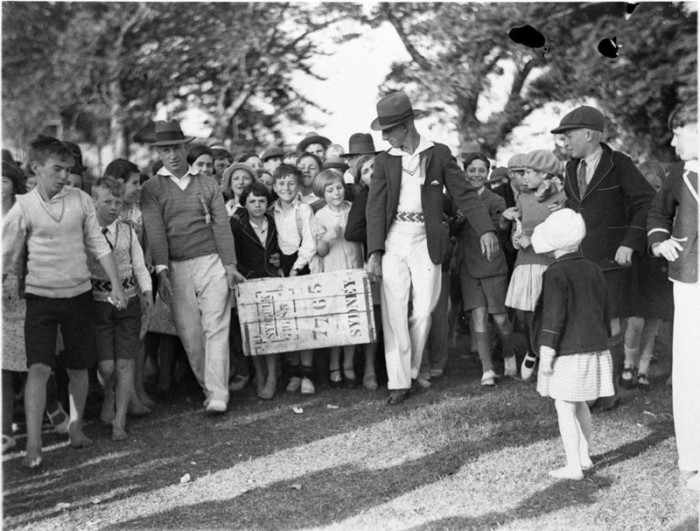

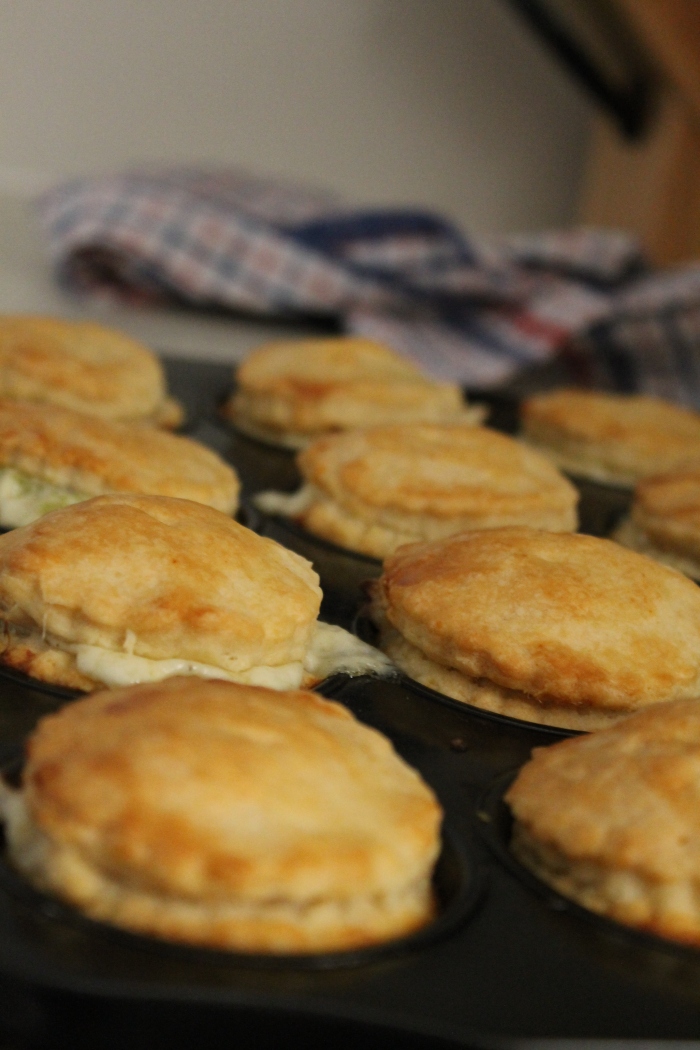
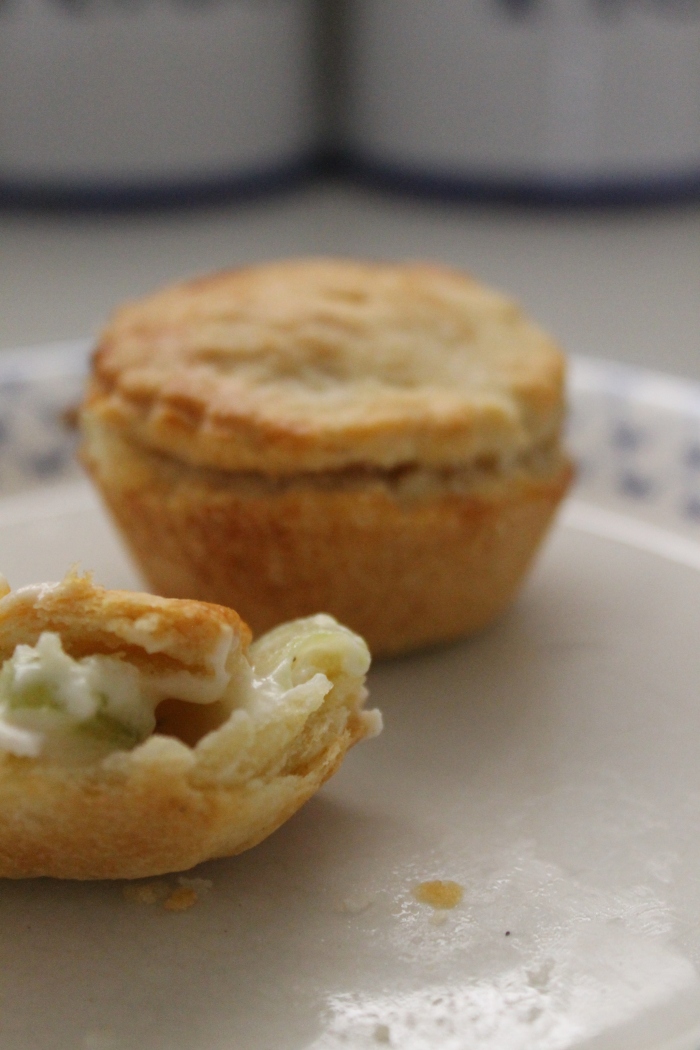 The Round-Up
The Round-Up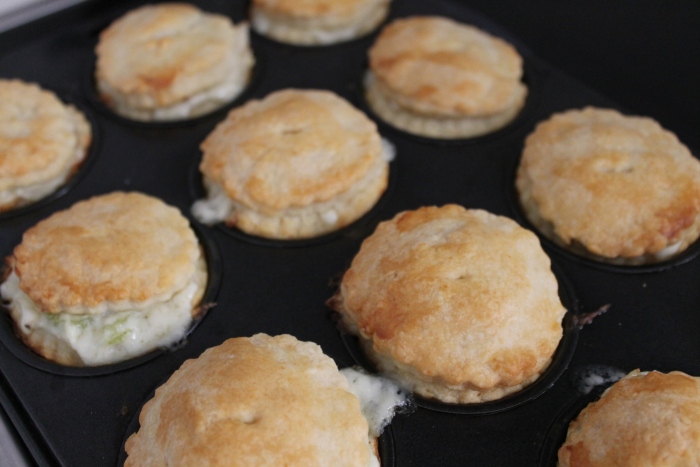

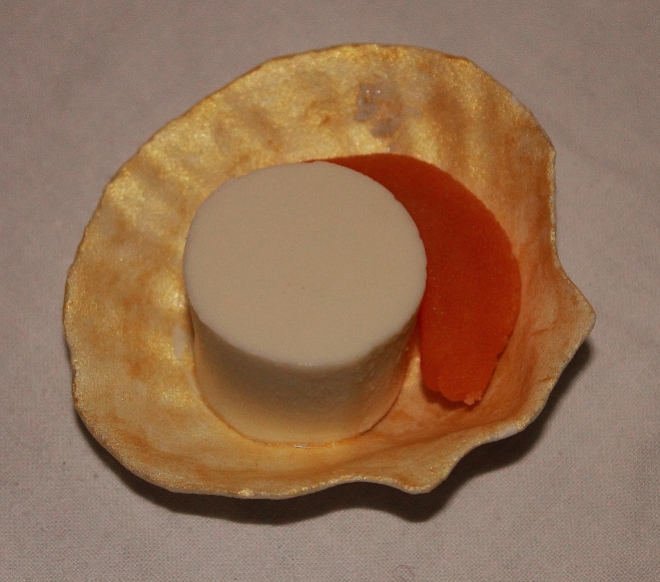
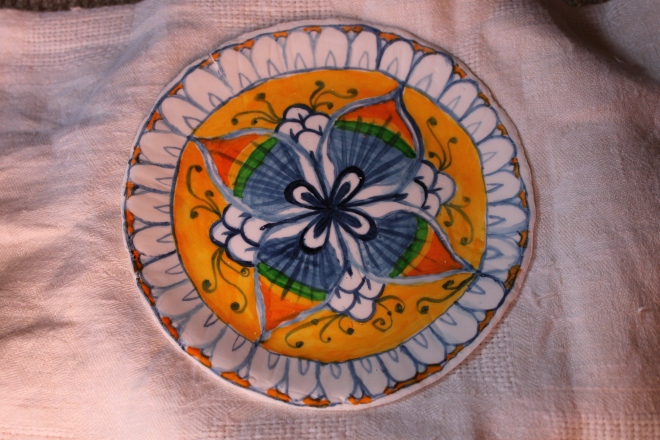


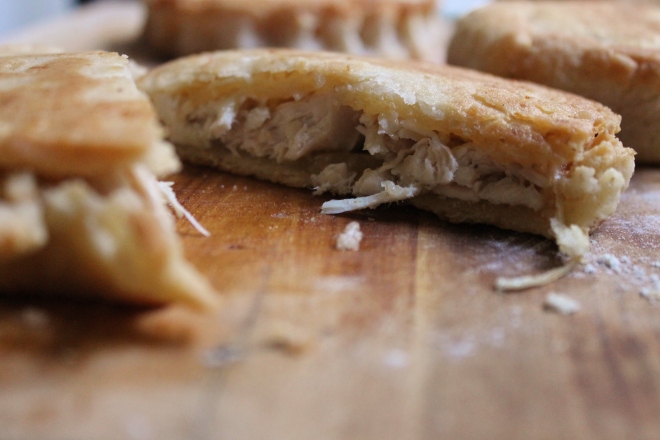
![A page from Ulrich von Richental's 15th century The Chronicle of the Council of Constance. Note the oven on wheels, that's real fast food! See page for author [Public domain], via Wikimedia Commons](https://turnspitandtable.files.wordpress.com/2015/06/konstanzer_richental_chronik_pastetenbaecker.jpeg?w=660&resize=660%2C892)
